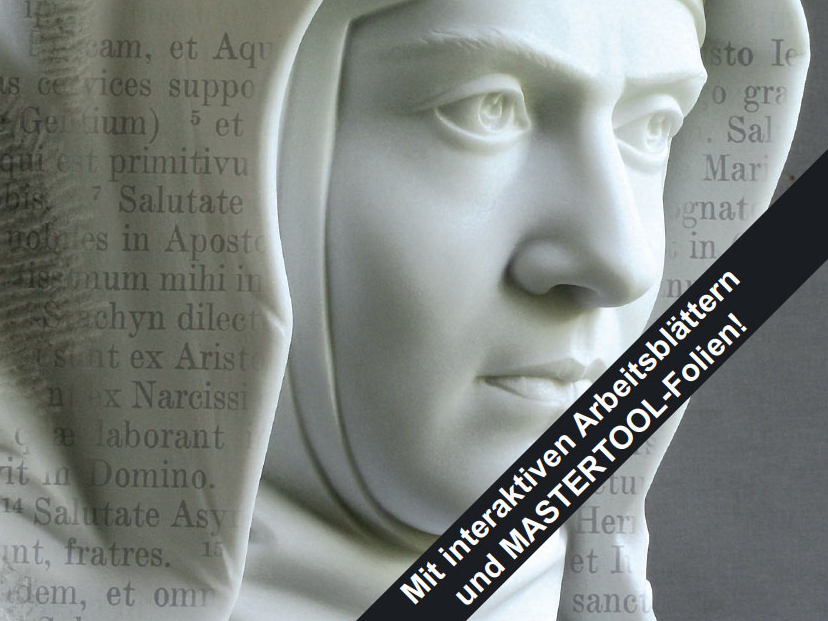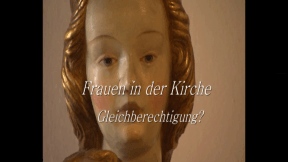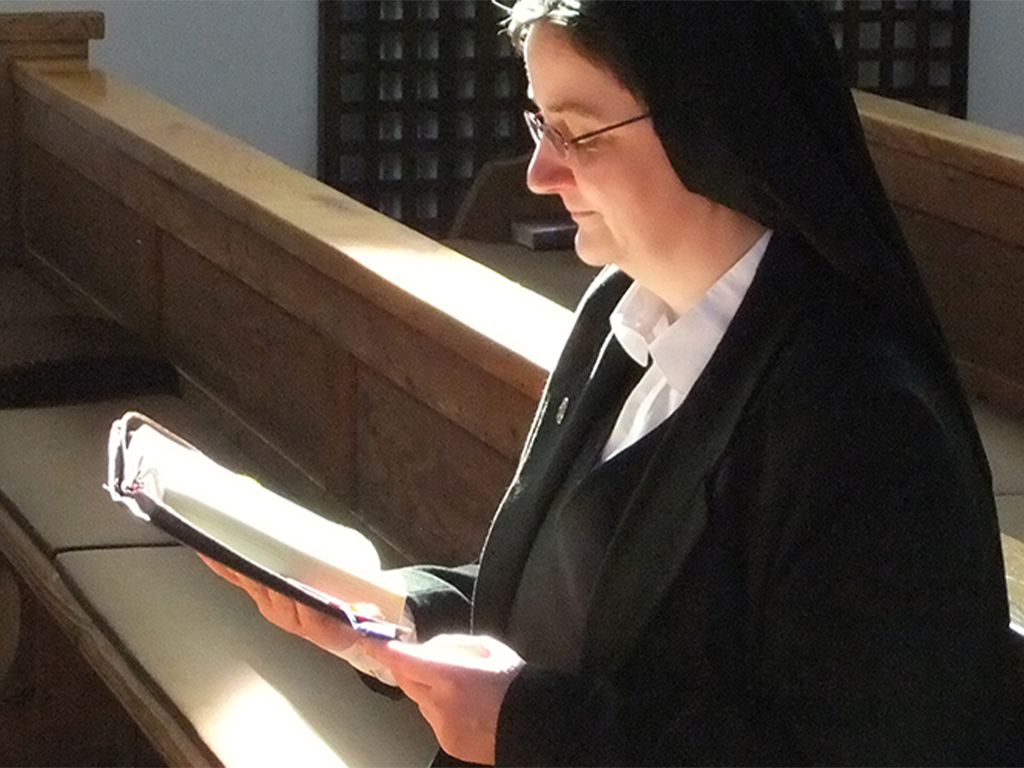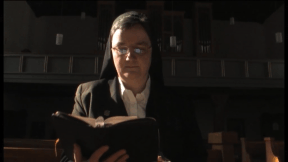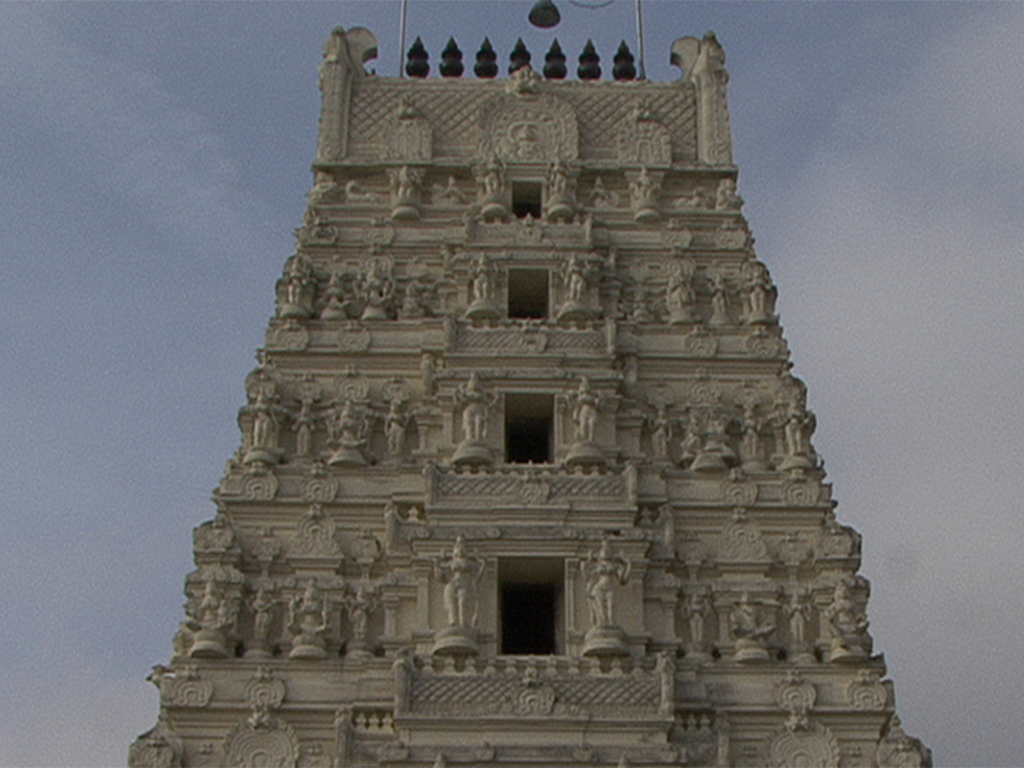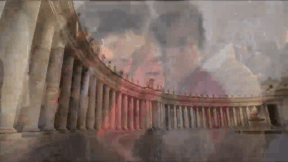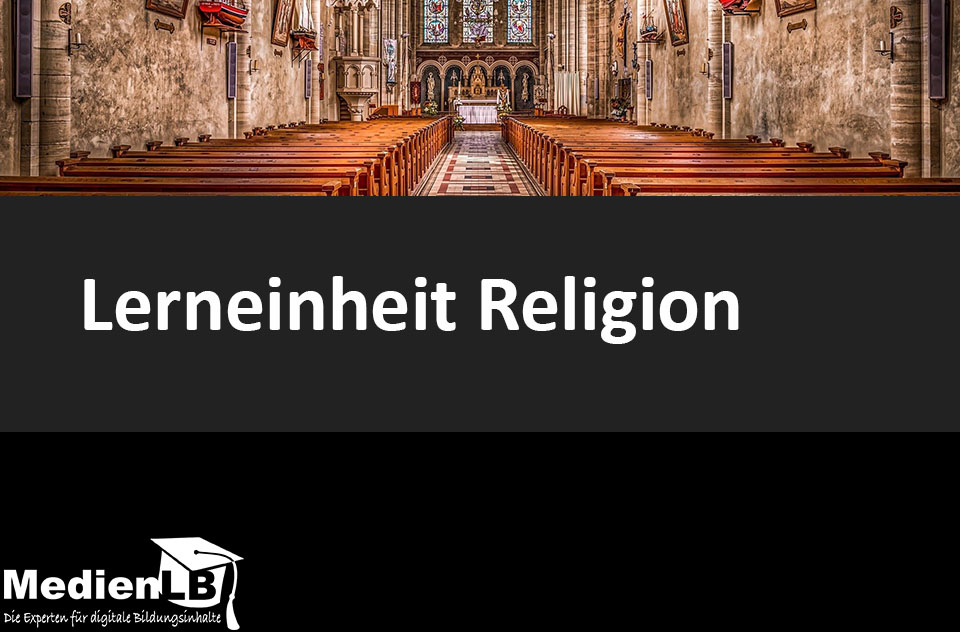

55503546
Was ist eine Kirche?
Für den Unterrichtempfohlen
In 10 interaktiven Aufgaben werden die Besonderheiten katholischer und evangelischer Gotteshäuser erklärt und anschließend abgefragt.
Das Medium bietet H5P-Aufgaben an, die ohne zusätzliche Software verwendbar sind.
Durch interaktive Aufgabentypen wird das audiovisuelle und interaktive Lernen einfach.
Lernen macht jetzt Spaß!

Included Tasks
- I Was ist (eine) Kirche? - Interaktive Aufgaben
- Warum gibt es Kirchen? - Video und Interaktive Aufgaben
- Kennst du diese Gegenstände in der Kirche? - Interaktive Zuordnung
- Kreuz; Altar und Orgel und ihre Bedeutung - Interaktive Infokarten
- Katholisch; Evangelisch; Ökumenisch - Interaktive Aufgaben
- Gemeinsamkeiten Katholisch & Evangelisch - Interaktive Aufgabe
- Kirche: Das Gebet - Interaktive Aufgaben
- Weiteres Kirchenwissen - Definitionen interaktiv
- Kirchenquiz - Interaktives Kreuzworträtsel als Test
- Spiel: Symbole in der Kirche - Finde die Bildpaare
- II Liturgie - Video und Interaktive Aufgaben
- III Jahreskreis der Kirchenfeste & Jahreszeiten - Infotafel zum Anklicken
- IV Der Weihnachtskreis - Interaktive Aufgaben
- V Der Osterkreis - Video und Interaktive Aufgaben
- VI Das Pfingstfest - Video & Interaktive Aufgaben
- VII Zeitliche Reihenfolge der Kirchenfeste - Zuordnungsaufgabe
- VIII Exkurs: Feste in anderen Religionen - Interaktiver Dialog
- IX Festtagswissen - Interaktive Lernstandkontrolle
- X Spiel: Suchsel - Finde die Kirchenfeste
Curriculum-centred and oriented towards educational standards
Matching
Women in the Church
Women and the Church. Pope Joan springs to mind: a powerful woman at the head of the Catholic Church – unthinkable. Therefore, material for a novel and its film adaptation. The fictional story may embody the wish for a female reign of the Church, in reality a Pope Joan never existed. Ludwig Maximilian University Munich: at the Roman-Catholic chair of Dogmatic and Ecumenical Theology the issue of women's rights is also a part of the curriculum. What role should women have in the churches? Meanwhile, students of Catholic theology criticize the discrepancy between ecclesiastical and secular points of view.
Prayer
The prayer, a fundamental religious act, which may be formulated in the form of a request, a thanksgiving or as a dialogue. Whether in Islam, Christianity, Buddhism, Hinduism or Judaism – in all five world religions, the prayer is a communion with their God or a Higher Power. Thanking God, asking him for something, recapitulating the day, finding peace – all that can be contained in a prayer. We pray because we are looking for answers, consolation and strength and because in times of stress we seek peace and reflection. Some people also pray out of tradition or out of a sense of duty to their God. Some may also wish to have their prayers answered. There are studies investigating whether what we ask for in prayer actually comes true. The results, however, are not unequivocal. But to the one who prays this is no reason to stop. For the benefit of prayer cannot be measured by studies. For many the happiness of praying consists less in having their requests answered than in their contact with God. Together with the extensive accompanying material the DVD is perfectly suited for use in the classroom. Target group: primary school, special needs school, secondary school
World Religions
Since humanity has existed, people have been concerned with the question of the origin of life, how it goes on after death and what the essence of a person's life is. People have always expressed the hope that they are not left alone in their existence and that there is a higher reason that gives them life, protects it and eventually preserves it.




